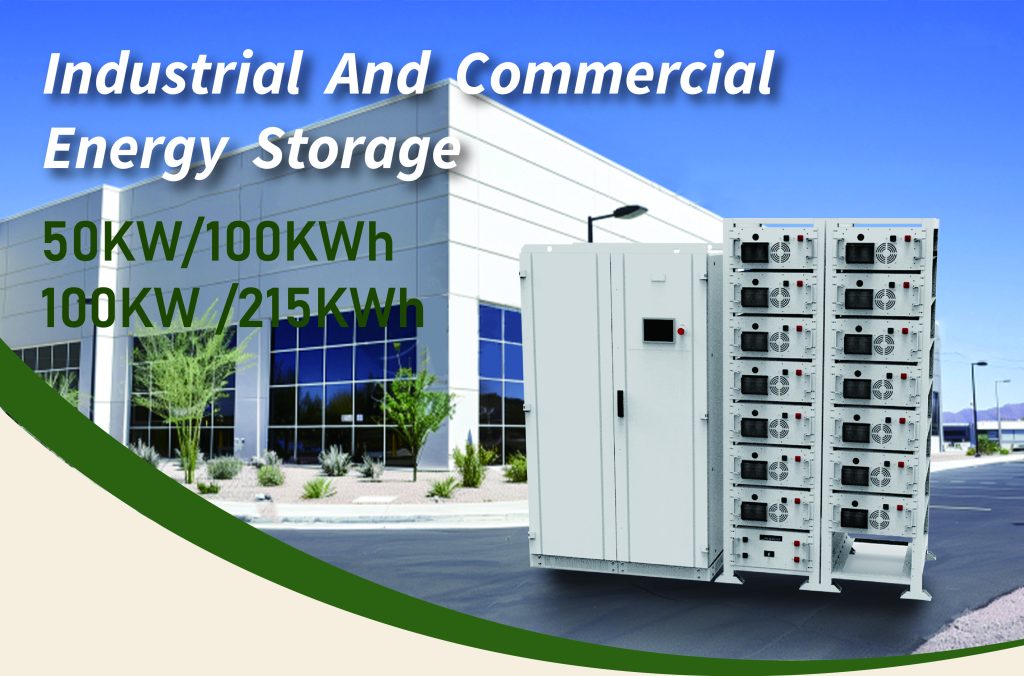Recent developments in the battery industry: technological breakthroughs and industrial chain restructuring in parallel
In recent years, the global energy transformation has accelerated the battery industry into a stage of rapid development. From technology iteration to industrial chain reshaping, from policy-driven to market explosion, the battery industry is undergoing unprecedented changes. The following is an analysis of the progress in key areas:
1. Technological breakthrough: Accelerating the commercialization of solid-state batteries
All-solid-state batteries race towards mass production
Toyota announced plans to mass-produce electric vehicles equipped with all-solid-state batteries in 2027, with charging time shortened to 10 minutes and a range of 1,200 kilometers; CATL, ProLogium Technology and other companies are promoting the “semi-solid-state battery” transition plan and plan to install and test it in 2024. Although interface stability and cost are still bottlenecks, the industry consensus is that solid-state batteries may be applied on a large scale around 2030.
Lithium battery performance continues to upgrade
CATL launched the “Supercharger” that supports 4C fast charging (400 kilometers of charging in 10 minutes), and the energy density of the lithium iron phosphate system exceeds 200Wh/kg;
BYD’s “Blade Battery” was upgraded to a U-shaped structure, with volume utilization increased to 72% and costs reduced by 15%;
Tesla’s 4680 large cylindrical battery is ramping up in mass production, using dry electrode technology to reduce production costs.
Sodium-ion batteries enter the first year of industrialization
2023 will be the first year for mass production of sodium batteries: products from companies such as CATL and Sino-Sodium have been used in two-wheeled vehicles and energy storage projects, with significant advantages in low-temperature performance (90% capacity at -20°C) and low cost (30% lower than lithium batteries). It is expected that global sodium battery production capacity will exceed 200GWh in 2025.

2. Industrial Chain Reconstruction: Resource Competition and Globalization Game
Upstream resource layout is heating up
Lithium resource prices fluctuate dramatically: lithium carbonate prices have fallen from a high of 600,000 yuan/ton in 2022 to the 100,000 yuan range, stimulating companies to lock in long-term agreements. Ganfeng Lithium and Tianqi Lithium are accelerating their layout of lithium mines in Africa, and CATL has invested in a Bolivian salt lake project;
Sodium batteries promote resource diversification: bulk materials such as sodium, iron, and copper replace scarce lithium and cobalt, alleviating supply chain geopolitical risks.
Recycling economics turning point
The EU’s “New Battery Law” requires that the proportion of cobalt and nickel recycled in batteries reach 95% by 2030, and China’s battery recycling capacity will exceed 1 million tons in 2023. Companies such as GEM and Brunp Recycling have tied up with car companies through the “directional recycling” model, and the black powder regeneration technology has enabled the metal recovery rate to exceed 98%.
Global capacity transfer and localized production
The U.S. Inflation Reduction Act (IRA) promotes battery localization: CATL cooperates with Ford to build a factory in the U.S., using a technology licensing model to circumvent policy restrictions;
Europe accelerates its efforts to get rid of its dependence on Asia: Northvolt’s Swedish super factory will be put into production in 2023, with the goal of occupying 25% of the EU market share by 2030.
3. Policy and market dual drive
New energy vehicle penetration rate exceeds expectations
In 2023, global sales of new energy vehicles will reach 14.65 million (China accounts for 60%), and the installed capacity of power batteries will increase by 45% year-on-year. Energy storage demand will grow explosively, and global energy storage battery shipments will exceed 200GWh in 2023, with China accounting for more than 80%.
Policy enhancement and standard upgrade
China released the “New Energy Vehicle Industry Development Plan (2025)”, requiring the battery system energy density to be ≥300Wh/kg;
The EU carbon tariff (CBAM) forced battery companies to optimize their carbon footprint, and CATL’s Sichuan factory achieved 100% green electricity production.
4. Challenges and Future Outlook
1. Short-term bottlenecks: solid-state battery mass production yield, the impact of lithium battery fast charging on life, and the geopolitical risks of nickel and cobalt resources;
2. Long-term trend:
Diversification of technology routes: lithium batteries continue to dominate, sodium batteries cover energy storage/low-end vehicles, and hydrogen fuel cells supplement heavy truck scenarios;
- Industrial ecological closed loop: from “minerals-batteries-complete vehicles” to “manufacturing-use-recycling” full life cycle competition;
- Intelligent empowerment: BMS (battery management system) and AI are integrated to achieve accurate health status prediction
Conclusion
The battery industry is upgrading from a single “energy storage unit” to the core hub of the energy revolution. The interweaving of technological iteration, geopolitics and sustainable development goals will continue to reshape the industry landscape. In the next decade, companies with technological originality, supply chain resilience and global layout capabilities are expected to lead a new round of industrial transformation.